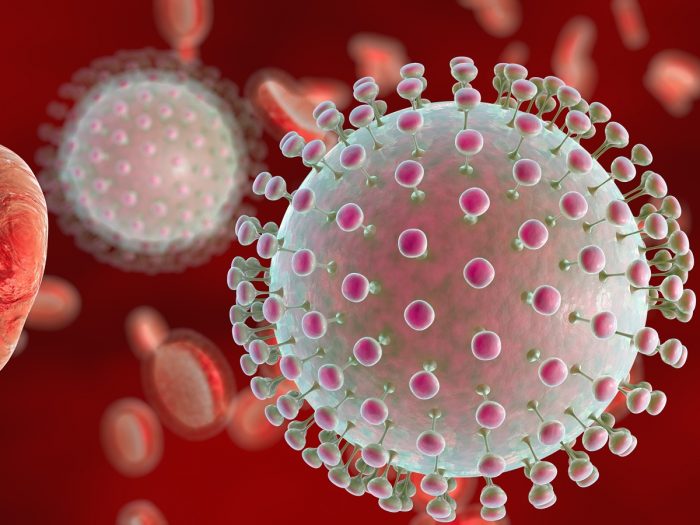It has been over a month since the first cases of coronavirus emerged from the city of Wuhan which lies on the rivers Yangtze and Han. The novel coronavirus has already claimed lives in hundreds, without any immediate relief in sight. The escalation of this epidemic was quick enough for WHO to deem it a worldwide public health emergency, in their third meeting in a week. How much should people around the world worry about the novel coronavirus? What do we know about the 2019-nCoV and what should we know? Here are the recent developments on the epidemic which has been the health scare that started off 2020.
A paper published in The Lancet on January 31st, 2020 estimates over 75,000 cases of infection in Wuhan alone, as of January 25th. It further noted that other cities in China were only lagging a week or two behind the Wuhan outbreak when the spread and growth of the epidemic were concerned. [1]
While China has implemented heavy quarantines, with bans on animal markets, this is the beginning of the Lunar New Year celebrations in China. The period of celebration, which began on January 10th and lasts for 40 days, is marked by heavy air and train traffic. This adds to the risk of further spread outside the city as well as to other countries.

2019-nCoV can transfer from human to human. Photo Credit: Shutterstock
As per the researchers, the SARS-CoV and MERS-CoV were both zoonotic in nature, i.e. both originated from animals. While the SARS caused 800 deaths and about 8000 infections, MERS led to 858 deaths and 2494 infections. The 2019 coronavirus is also suspected to be zoonotic in origin. While a paper published in January 2020 suspected the source to be snakes, it was quickly refuted by the scientific community.
In a recent publication in The Lancet Planetary Health, the author refers to the lessons from MERS and sequencing evidence of samples to suggests that the likely origin of 2019-nCoV is bats. Another research study accepted for publication in the Nature journal also suggests the natural reservoir host of this virus as bats, basing it on full-length genome sequences obtained at the early stage of the outbreak. [2] [3]
The same research also pointed out that the novel coronavirus sequence has a 79.5% similarity to SARS-CoV. This could provide a better, quicker way ahead to intervene at a universal level to stop this epidemic and help treat the patients better.
The 2019-nCoV has claimed over 360 lives and infected several people around the world, with the latest one probably being Malaysia’s first. With the global response to this threat still under development, it remains to see how much and how can the impact be minimized.
